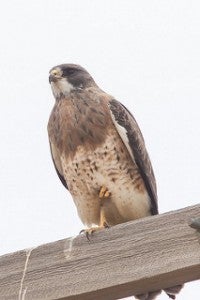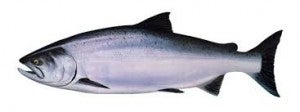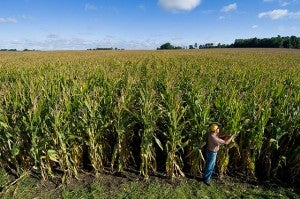
The Swainson’s hawk was listed as a threatened species in California in 1983 due to loss of habitat and decreased numbers across the state.
This week, the Delta Conservancy, a California state agency, awarded Environmental Defense Fund (EDF) a grant of $380,000 to implement a habitat enhancement project for the state-listed Swainson’s hawk on Elliott Ranch in West Sacramento, near the Sacramento-San Joaquin Delta. The grant is part of California’s public water bond funding being managed by the Delta Conservancy to restore wildlife habitat in the Central Valley.
The Elliott Ranch project will enhance Swainson’s hawk habitat on 300 acres. Specifically, the project will expand the hawks’ hunting grounds by restoring habitat for their prey and converting existing crops to bird-friendly pasture.
Central to the project will be the use of a habitat quantification tool (HQT) designed by EDF and local stakeholders to evaluate the current quality of habitat for Swainson’s hawk and compare restoration alternatives to optimize habitat outcomes. This will be the first time the HQT will be used as a mechanism to help allocate public funding to the most high value habitat improvements in California.
Improved accounting, improved outcomes Read More












